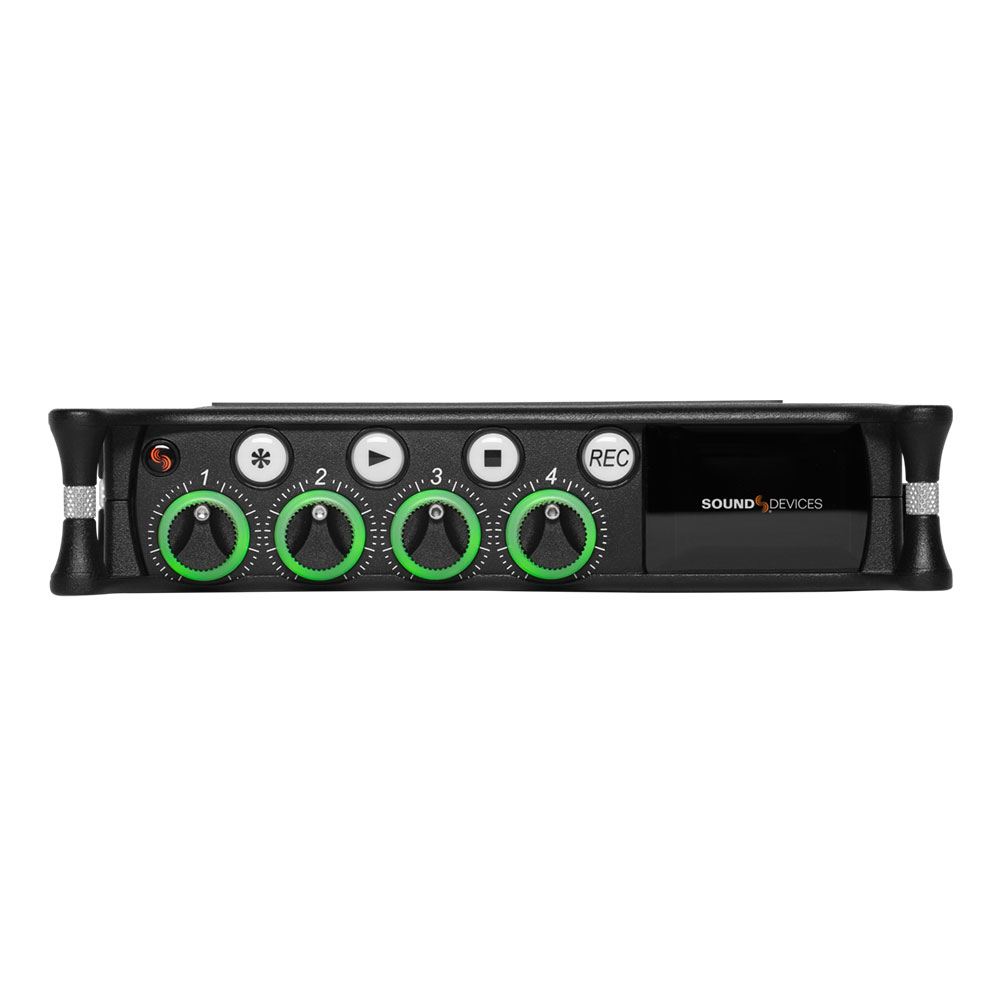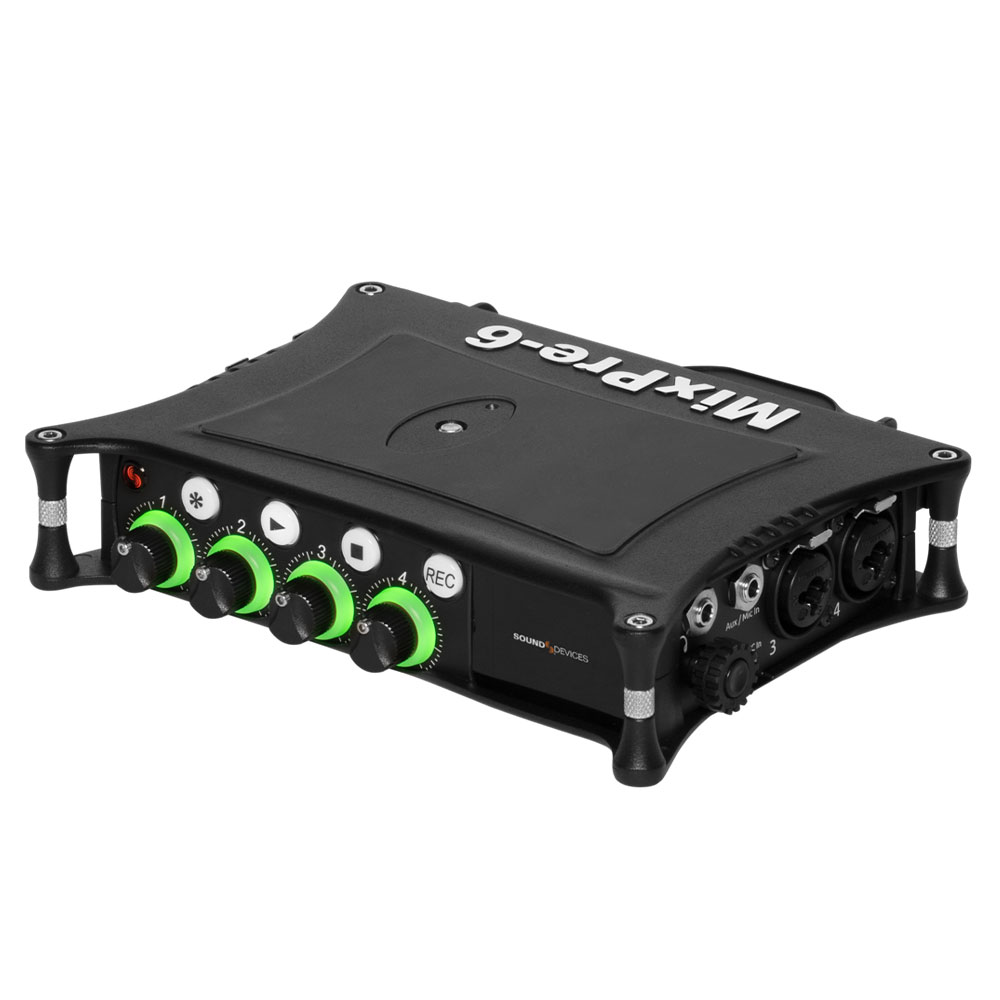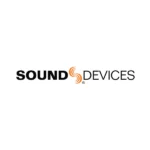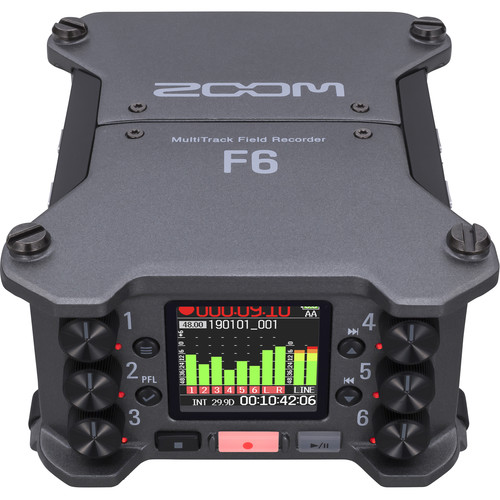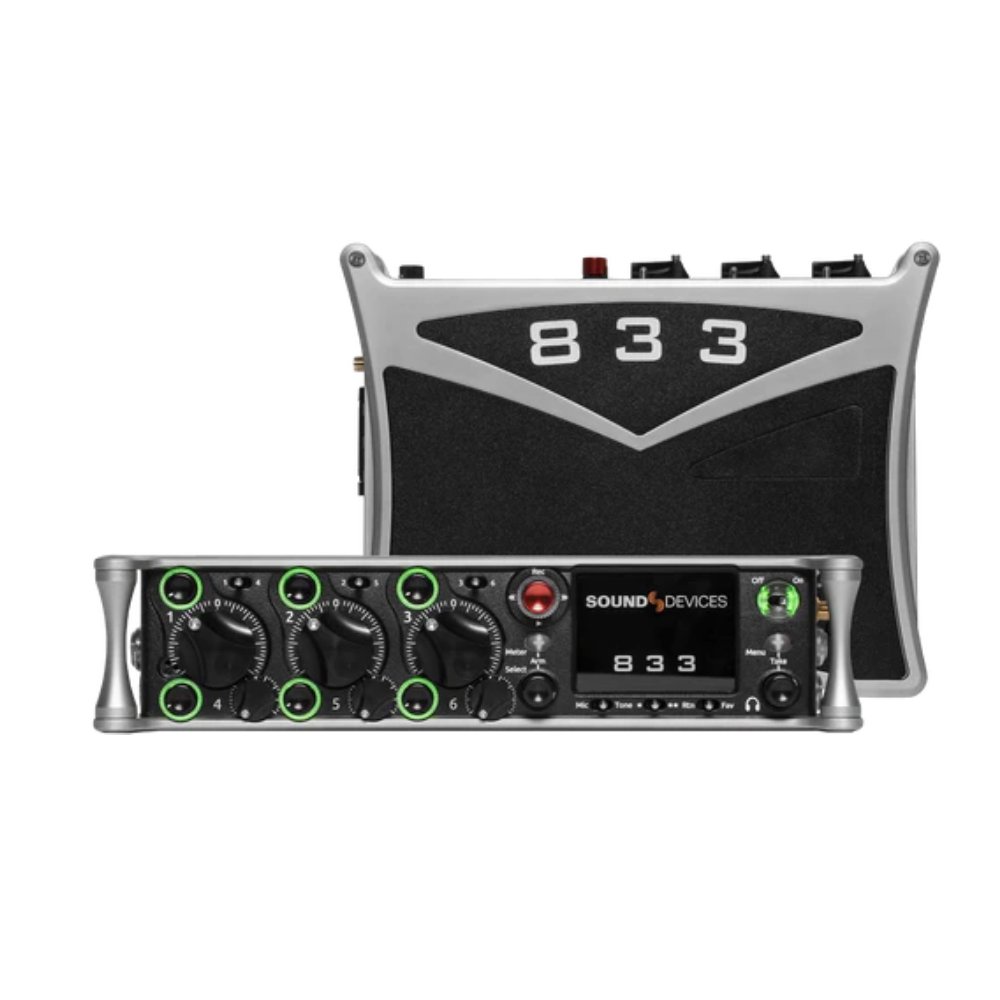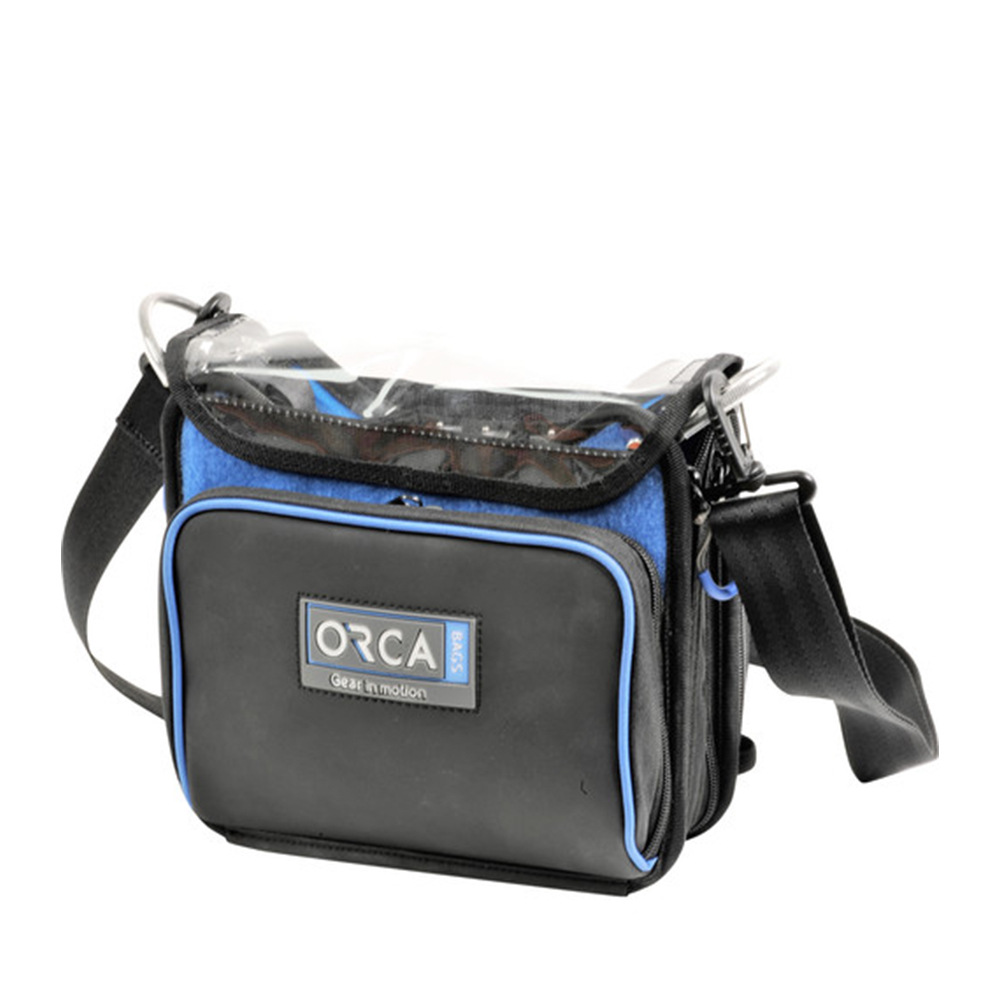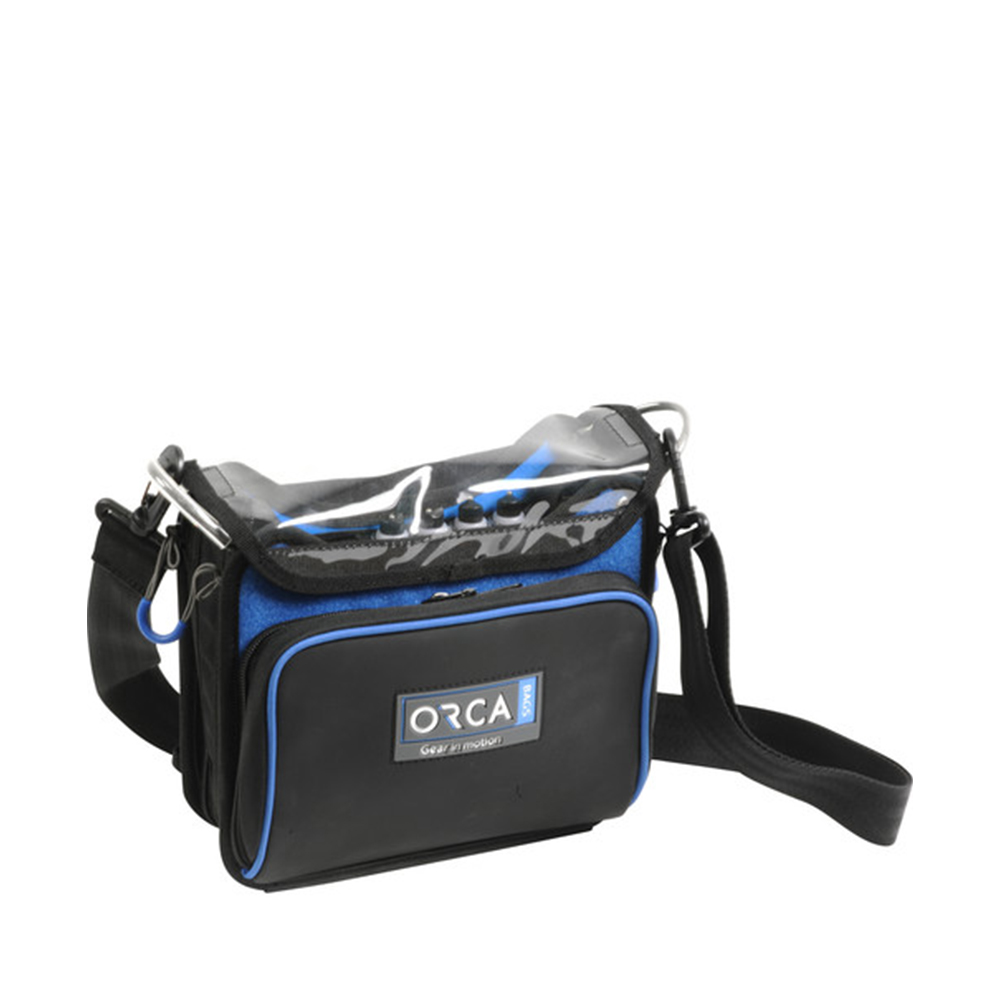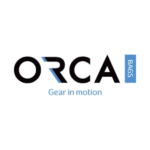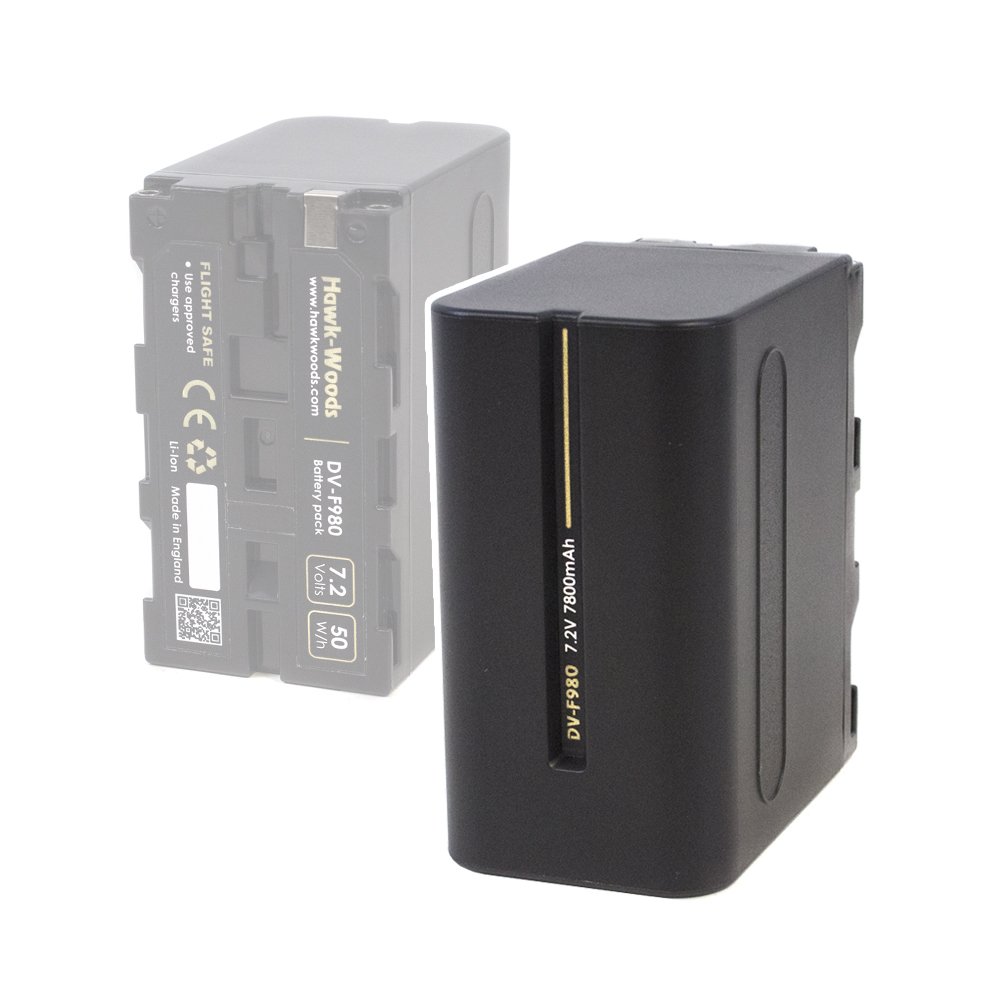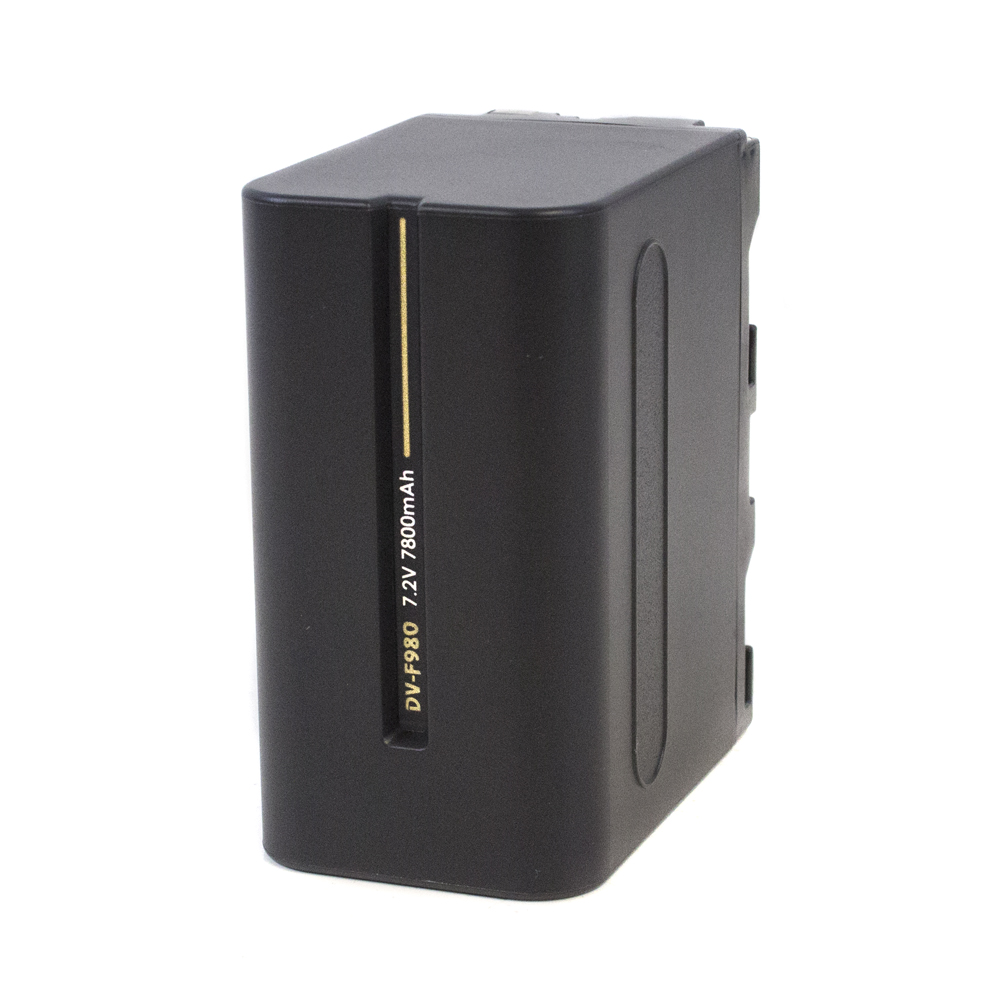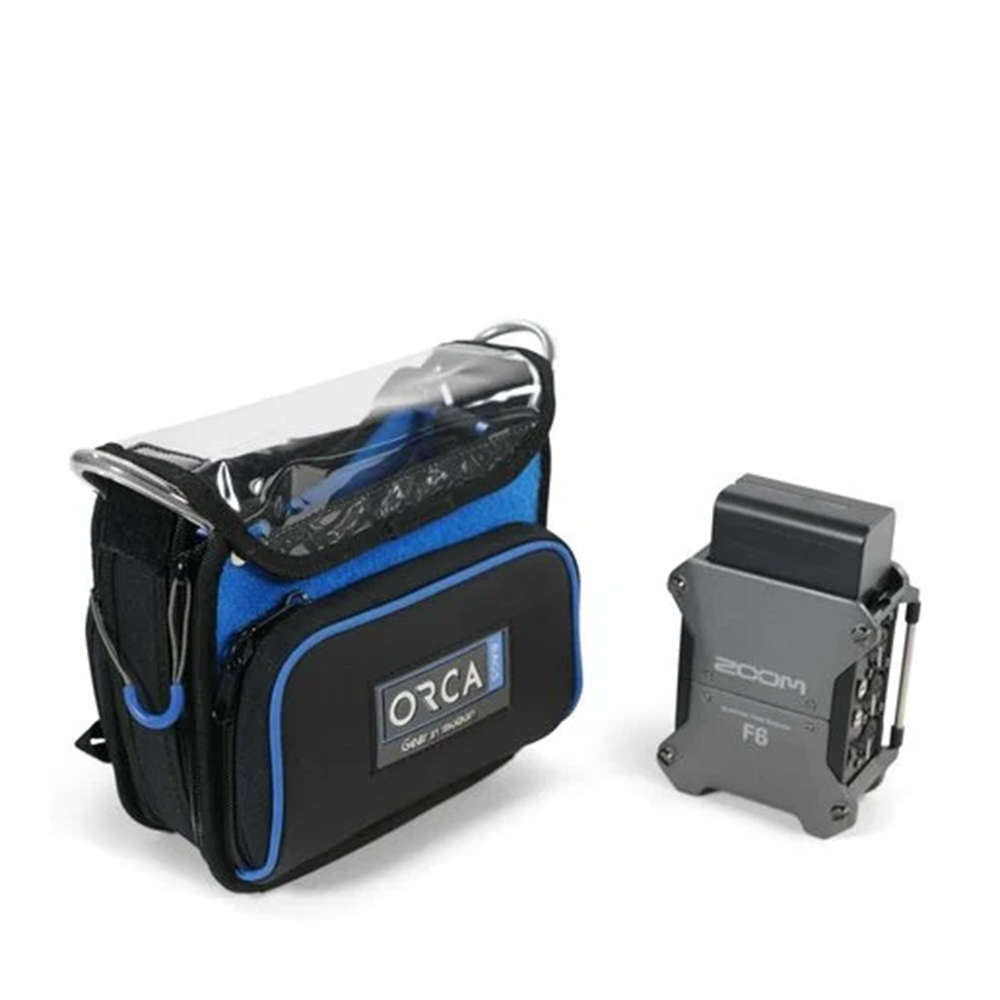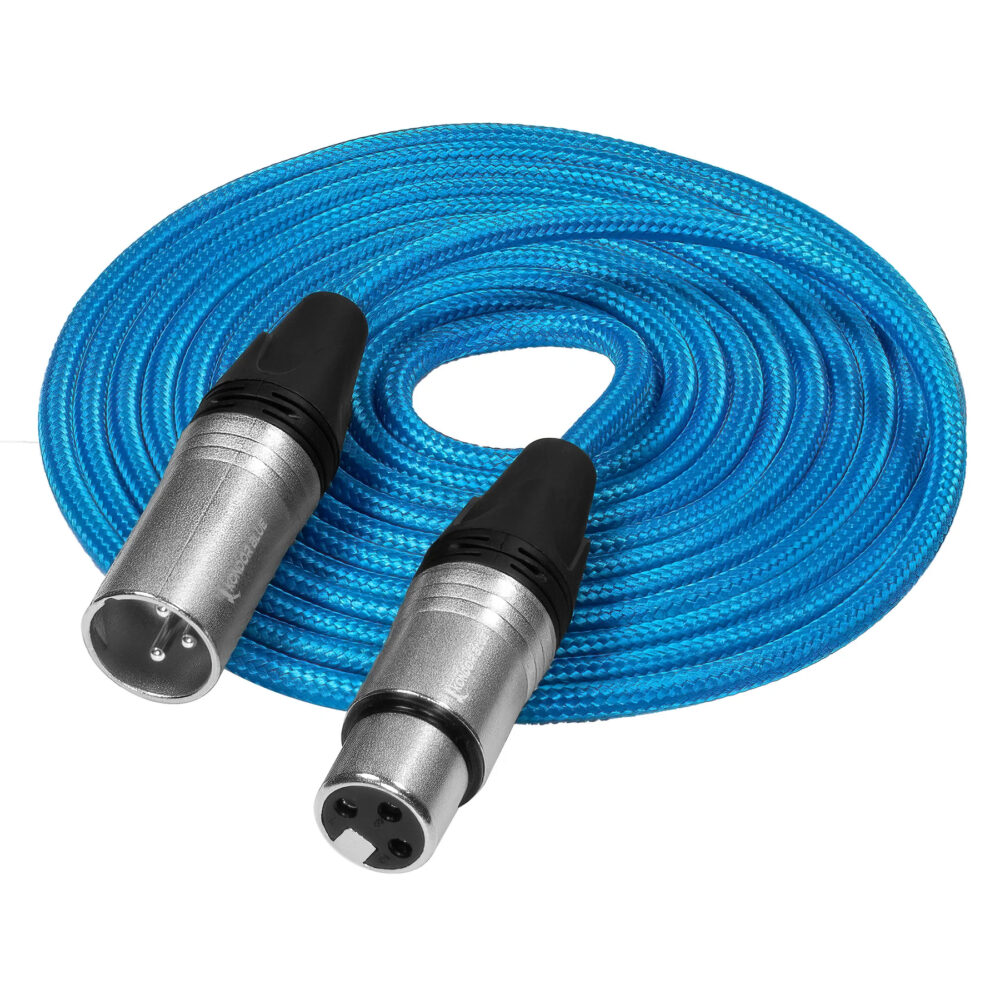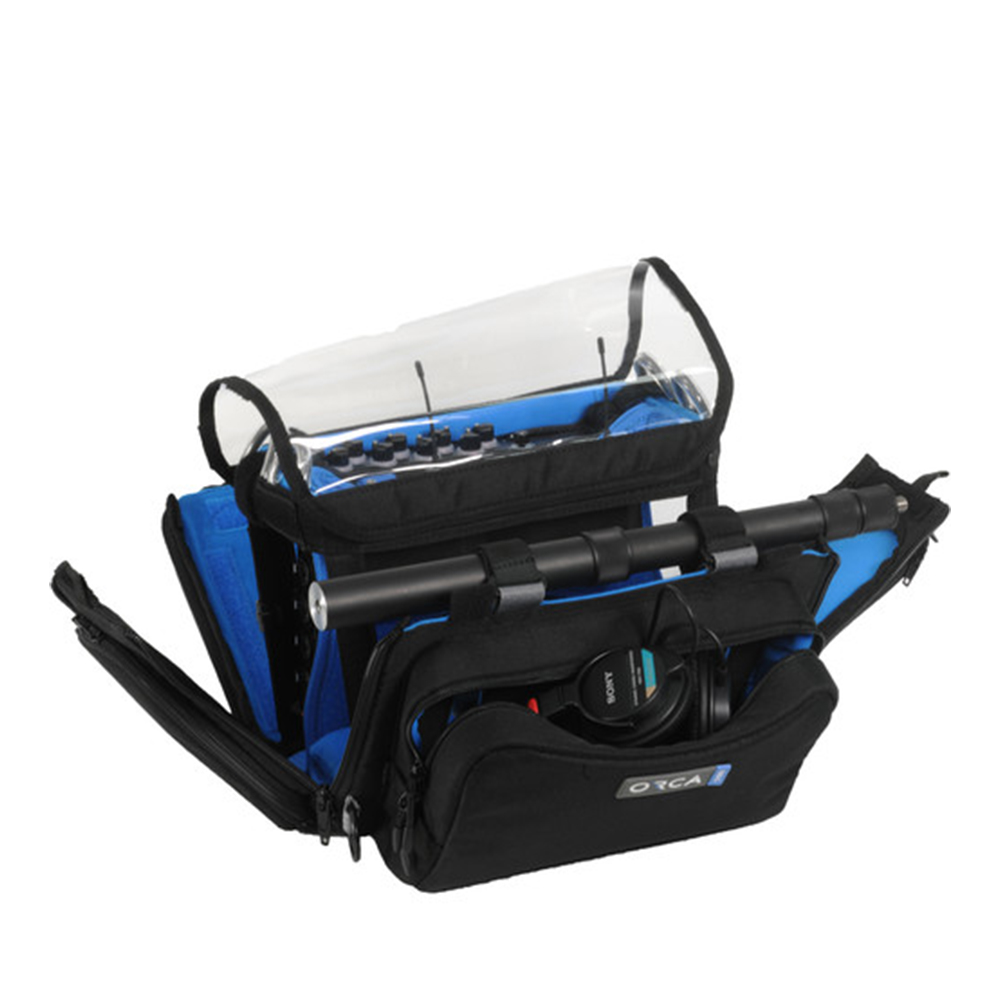MixPre-6 vs Zoom F6: A Comprehensive Comparison
Talking with several audio professionals, about the differences between various audio recorders on the market. We will compare the popular Mixpre-6 to the easy-to-use Zoom F6. Be sure to stick around because we’ll reveal another interesting higher-end model.
Portable Digital Recorders
Comparison between the Mixpre 6 II and Zoom F6
Based on: price, useability, use-cases and sound quality
Sound quality
Mixpre 6
Preamps
The MixPre 6 II from Sound Devices features Kashmir preamps, which are renowned for their low noise floor (-128dBu), providing extremely quiet operation. This makes it ideal for sensitive audio recording environments where even slight noise can be an issue
Sound Quality
The sound quality is generally considered excellent and comparable to the Zoom F6 for many practical purposes. If you’ve not been in the game for some years you won’t notice a different audio quality-wise.
Limiters
With the mixpre 6 you have the option to either use Analog limiters or Digital limiters.
Zoom F6
Preamps
The Zoom F6, on the other hand, has preamps that are nearly as quiet (-127dBu), making them very competitive.
Sound Quality
The sound quality is generally considered excellent and comparable to the MixPre for many practical purposes. If you’ve not been in the game for some years you won’t notice a different audio quality-wise.
Limiters
The Zoom F6 has digital limiters built in. Not sure if you would prefer Analog or digital limiters? Discover the differences below
Differences between Analog and Digital limiters
| Analog Limiters | Digital Limiters |
|---|---|
| Work with the audio signal before it is converted to digital. | Operate on the audio signal after it has been digitized. |
| Use voltage-controlled amplifiers to manage volume levels. | Utilize algorithms to adjust audio waveform peaks. |
| Can smoothly reduce volume, often adding a warm sound quality. | Offer precise control, effectively handling sudden spikes. |
| May introduce less noticeable artifacts when compressing. | Can introduce artifacts like distortion or ‘pumping’ effects. |
| Preferred for their natural compression characteristics. | Preferred for their accuracy and system protection capabilities. |
Usability
Mixpre 6
The Mixpre 6 offers more customizability, what comes with more options that might overwhelm a beginner. It will take some time to be able to quickly navigate through the advanced menus but once learned you’ll reap the fruits.
Zoom F6
The Zoom F6 holds your hand a little bit more compared to the Mixpre 6. The automatic limiters will make sure you don’t clip and are great quality. However the drawback is that you have less customizability. You do have the option to change the limiters but it’s not easy to find in the menus.
Use-cases
Mixpre 6
Zoom F6
“From my experience the Zoom F6 is a little bit more complicated than the Mixpre 6, because of its broad spectrum of configuration options. The Zoom F6 is a compact field recorder designed with advanced features that make it suitable for a wide range of audio recording needs. Its versatile design and functionality cater to professional and enthusiast audio recorders alike.”
Popular use-cases
- Multitrack Field Recording: The F6’s 32-bit float recording capability and dual A/D converters provide immense headroom, eliminating the need to worry about clipping and allowing for post-production flexibility. This makes it suitable for dynamic environments where audio levels are unpredictable.
- Location Sound: Its compact size and ability to be powered via batteries make it ideal for location sound professionals who need a reliable and lightweight recorder during shoots.
- Broadcasting: The F6’s precise timecode functionality and metadata entry capabilities make it a suitable choice for broadcasters and those involved in documentary filmmaking, where syncing audio with video in post is crucial.
- Sound Design: Thanks to its high-resolution recording and extensive input options, the Zoom F6 is excellent for sound designers looking for pristine sound quality and flexibility in capturing a wide range of sounds.
Price
Targeted more towards professionals and serious enthusiasts who require the best audio performance and durability in demanding environments.
Generally more expensive, the MixPre recorders are seen as an investment for audio professionals who require reliability and high audio fidelity. The price reflects the professional-grade components and capabilities.
Offering a range of models at various price points, Zoom recorders are more accessible to a broader audience. If you are on a budget the sweet spot falls on Mixpre 6, as far as the Mixpre series. As a beginner, there’s a chance you don’t need all the additional customizability and you just want an easy setup.
Hidden gem: Sound devices 833
Mixer accessories
Essentials
Sound Devices MX-LMount
Mixers
ORca bag for Mixpre 6
NPF Batteries
DV Batteries


